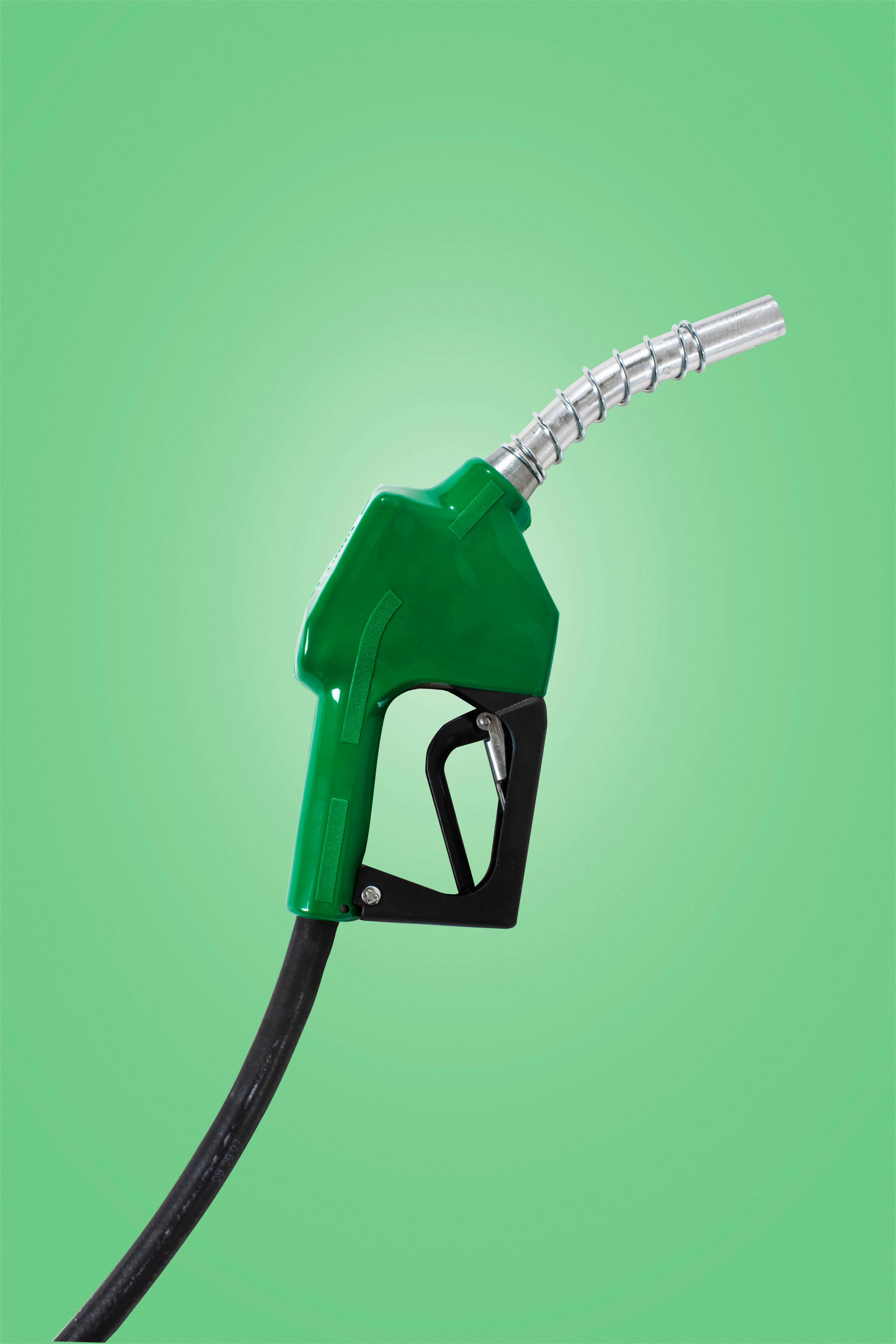
I am obsessed with how the top tier of finance has undermined, rather than fueled, the real economy. In part, that’s because of I’m writing a book about the topic, but also because so many market stories I come across seem to support this notion. The other day, I had lunch with Ruchir Sharma, head of emerging markets for Morgan Stanley Investment Management and chief of macroeconomics for the bank, who posited a fascinating idea: the major fall in oil prices since this summer may be about a shift in trading, rather than a change in the fundamental supply and demand equation. Oil, he says, is now a financial asset as much as a commodity.
The conventional wisdom about the fall in oil prices has been that it’s a result of both slower demand in China, which is in the midst of a slowdown and debt crisis, but also the increase in US shale production and the unwillingness of the Saudis to stop pumping so much oil. The Saudis often cut production in periods of slowing demand, but this time around they have not. This is in part because they are quite happy to put pressure on the Iranians, their sectarian rivals who need a much higher oil price to meet their budgets, as well as the Russians, who likewise are on the wrong side of the sectarian conflict in the Middle East via their support for the Syrian regime.
Sharma rightly points out, though, that supply and demand haven’t changed enough to create a 50% plunge in prices. Meanwhile, the price decline began not on the news of slower Chinese growth or Saudi announcements about supply, but last summer when the Fed announced that it planned to stop its quantitative easing program. Sharma and many others believe this program fueled a run up in asset buying in both emerging markets and commodities markets. “Easy money had kept oil prices artificially high for much longer than fundamentals warranted, as Chinese demand and oil supply had started to turn back in 2011, and oil prices have now merely returned to their long-term average,” says Sharma. “The end of the Fed’s quantitative easing has finally pricked the oil bubble.”
If this is the case, the fact that hot money could have such an effect on such a crucial everyday resource is worrisome. And the fact that the Fed’s QE, which was designed to buoy the real economy, has instead had the unintended and perverse effect of inflating asset prices is particularly disturbing. I think that regulatory attention on the financialization of the commodities markets will undoubtedly grow; for more on how it all works, check out this New York Times story on Goldman’s control of the aluminum markets. Amazing stuff.
Correction: The original version of this story misidentified Ruchir Sharma. He is the head of emerging markets for Morgan Stanley Investment Management.
Read next: The U.S. Will Spend $5 Billion on Energy Research in 2015 – Where Is It Going?
More Must-Reads from TIME
- Cybersecurity Experts Are Sounding the Alarm on DOGE
- Meet the 2025 Women of the Year
- The Harsh Truth About Disability Inclusion
- Why Do More Young Adults Have Cancer?
- Colman Domingo Leads With Radical Love
- How to Get Better at Doing Things Alone
- Michelle Zauner Stares Down the Darkness
Contact us at letters@time.com